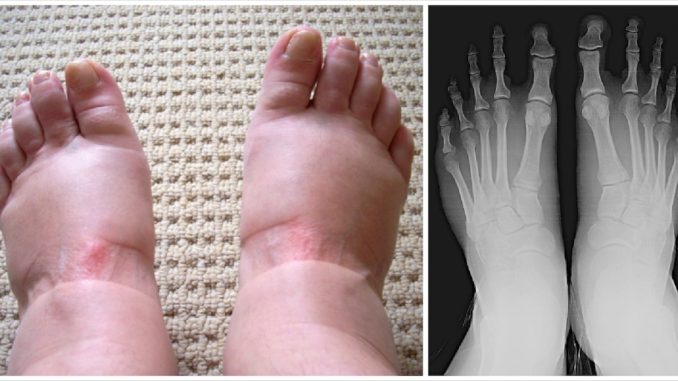
Swelling in your feet or hands, also known as edema, is a common issue that many people experience at some point. While it’s often harmless and temporary—such as after standing for long hours, eating salty food, or traveling—it can sometimes signal an underlying health condition that requires medical attention.
According to the Mayo Clinic and Cleveland Clinic, swelling occurs when fluid builds up in the tissues of the body. This can happen for many reasons, from circulation problems to inflammation or infection. Recognizing the cause can help you know when to rest—and when it’s time to seek care.
Here are 10 common causes of swollen feet and hands, along with tips on when to consult a healthcare professional.
1. Deep Vein Thrombosis (DVT)
A deep vein thrombosis (DVT) occurs when a blood clot forms in a deep vein, most commonly in the legs. According to the Mayo Clinic, symptoms may include swelling, warmth, pain, or discoloration in one leg. However, some people may not experience noticeable signs.
DVT can be a serious medical condition because a clot may block blood flow or travel to the lungs. If you experience sudden swelling accompanied by pain or shortness of breath, seek medical attention immediately.
Regular movement, hydration, and avoiding sitting still for long periods can help reduce the risk.
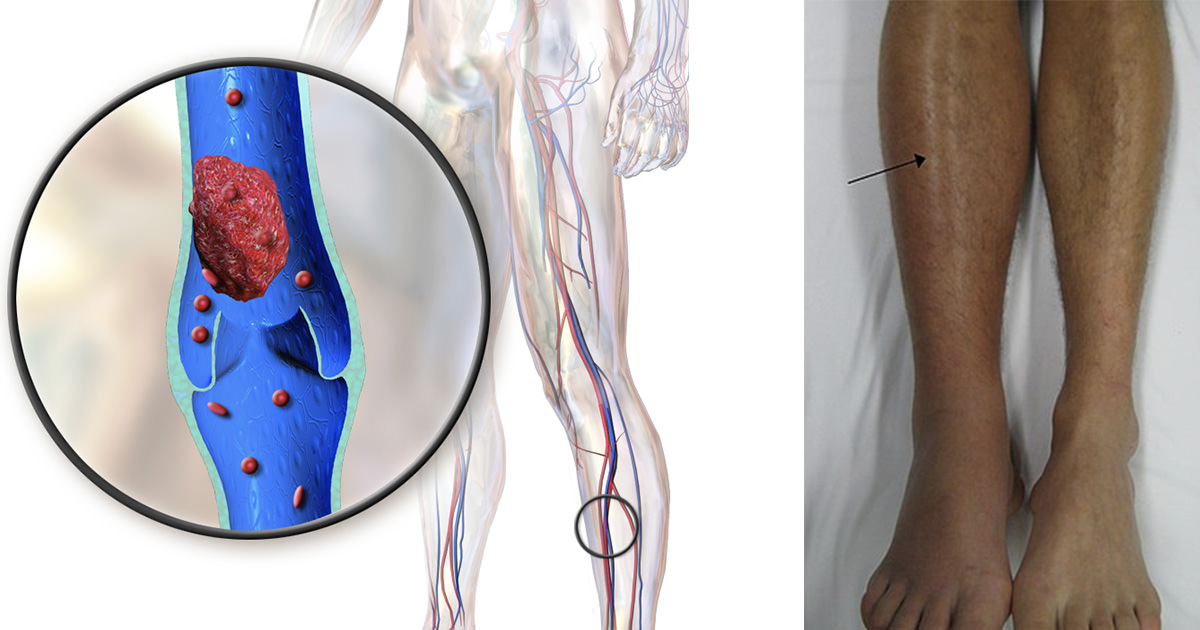
2. Achilles Tendonitis
The Achilles tendon, located at the back of your ankle, connects your calf muscles to your heel bone. Overuse, improper footwear, or intense exercise can lead to Achilles tendonitis—inflammation that causes pain, stiffness, and swelling around the heel.
The American Academy of Orthopaedic Surgeons (AAOS) notes that rest, stretching, ice therapy, and proper footwear can help manage symptoms. Chronic pain or severe swelling should be evaluated by a healthcare provider, as untreated tendonitis can lead to tendon damage.
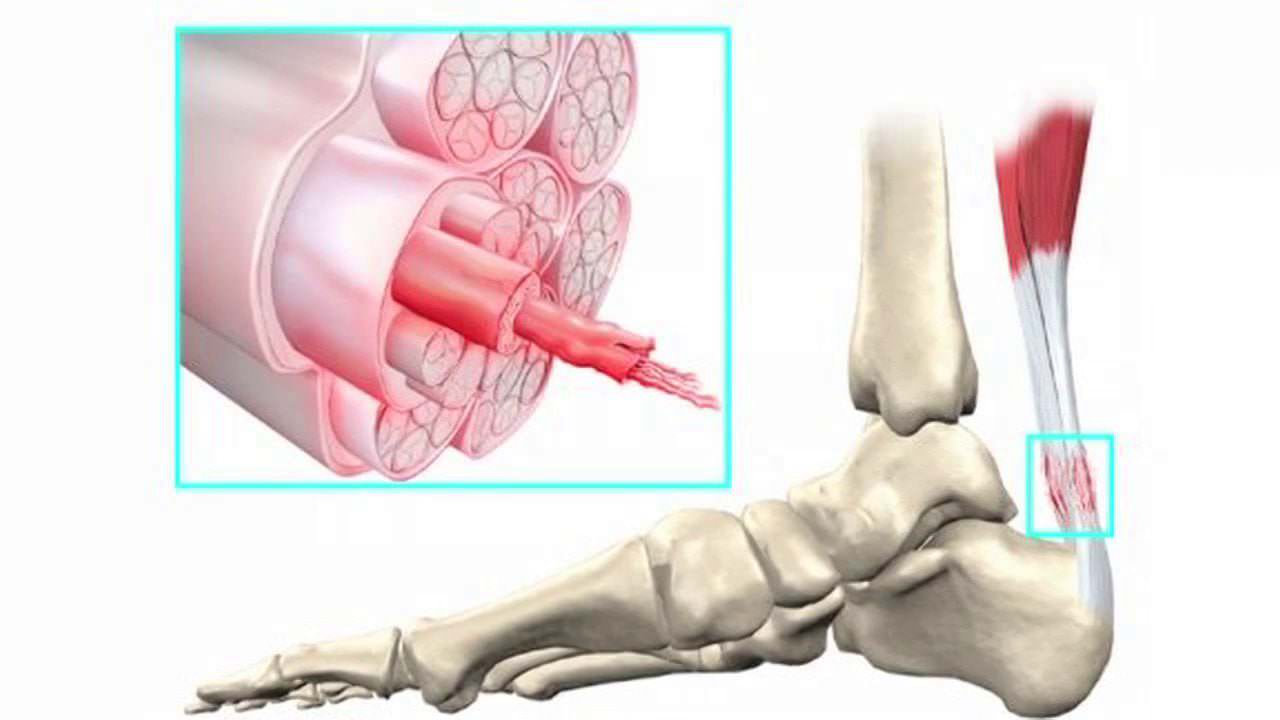
3. Osteoarthritis
Osteoarthritis is the most common form of arthritis, affecting millions worldwide. It occurs when protective cartilage that cushions the joints wears down over time. The Arthritis Foundation reports that osteoarthritis in the feet and ankles can cause pain, stiffness, swelling, and difficulty walking.
Treatment often includes gentle exercise, weight management, and supportive footwear. Practices like yoga and physical therapy can also improve joint flexibility and reduce inflammation.
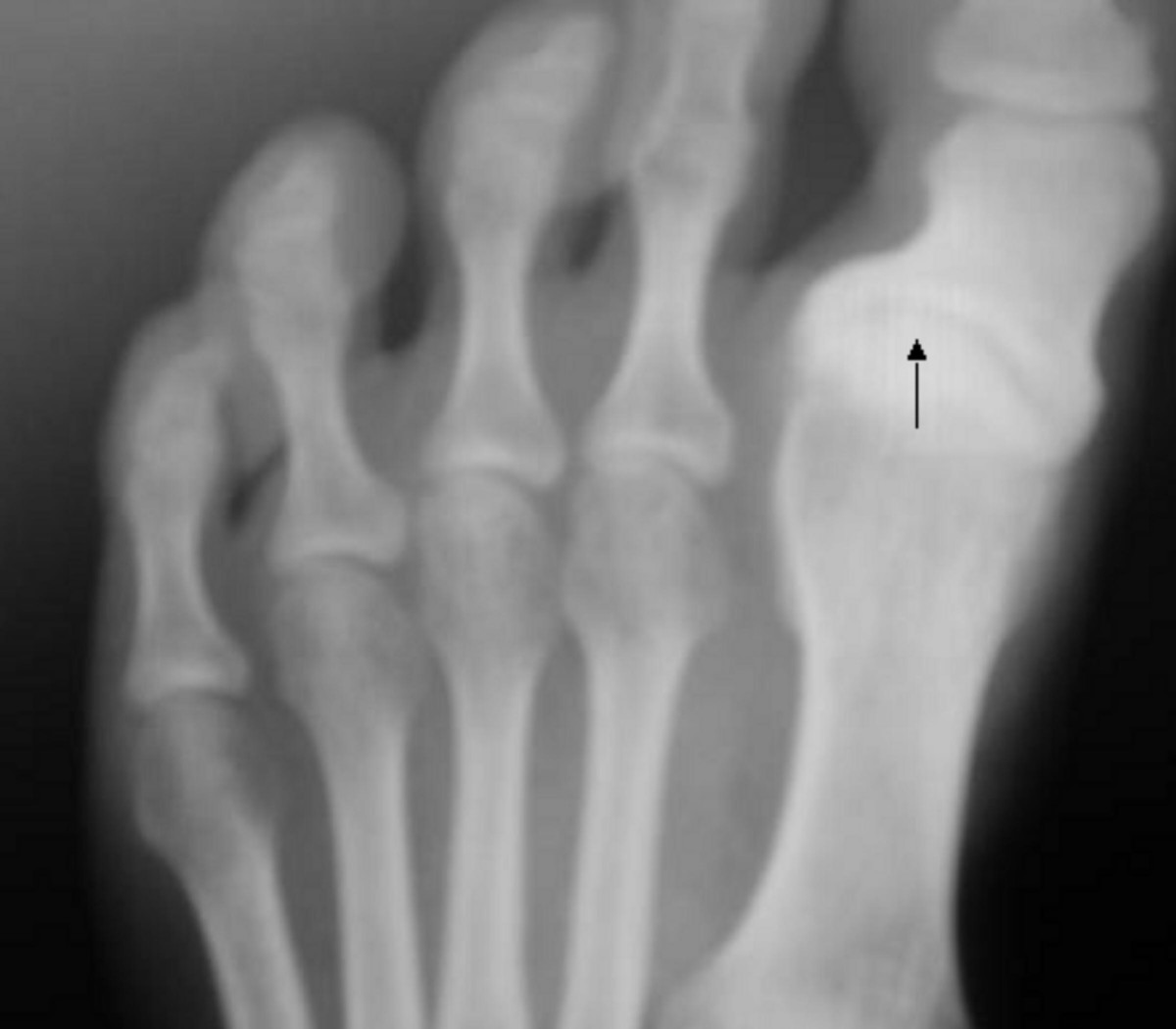
4. Heart Failure
While it may sound alarming, heart failure doesn’t mean the heart has stopped working—it means it’s not pumping blood as effectively as it should. The American Heart Association (AHA) lists swelling in the feet, ankles, or legs as one of the key symptoms, caused by fluid buildup (edema).
Other signs may include fatigue, shortness of breath, or rapid weight gain due to fluid retention. If these symptoms appear together, it’s important to contact a healthcare provider promptly for evaluation.
5. Lymphedema
Lymphedema occurs when lymphatic fluid collects in the tissues, leading to persistent swelling in the arms or legs. The Mayo Clinic explains that it can develop after surgery, radiation, or infection that affects the lymph nodes, but it can also result from congenital conditions.
Symptoms include heaviness, tightness, or thickened skin. Early diagnosis and management—such as compression garments, exercise, and massage therapy—can help prevent complications.
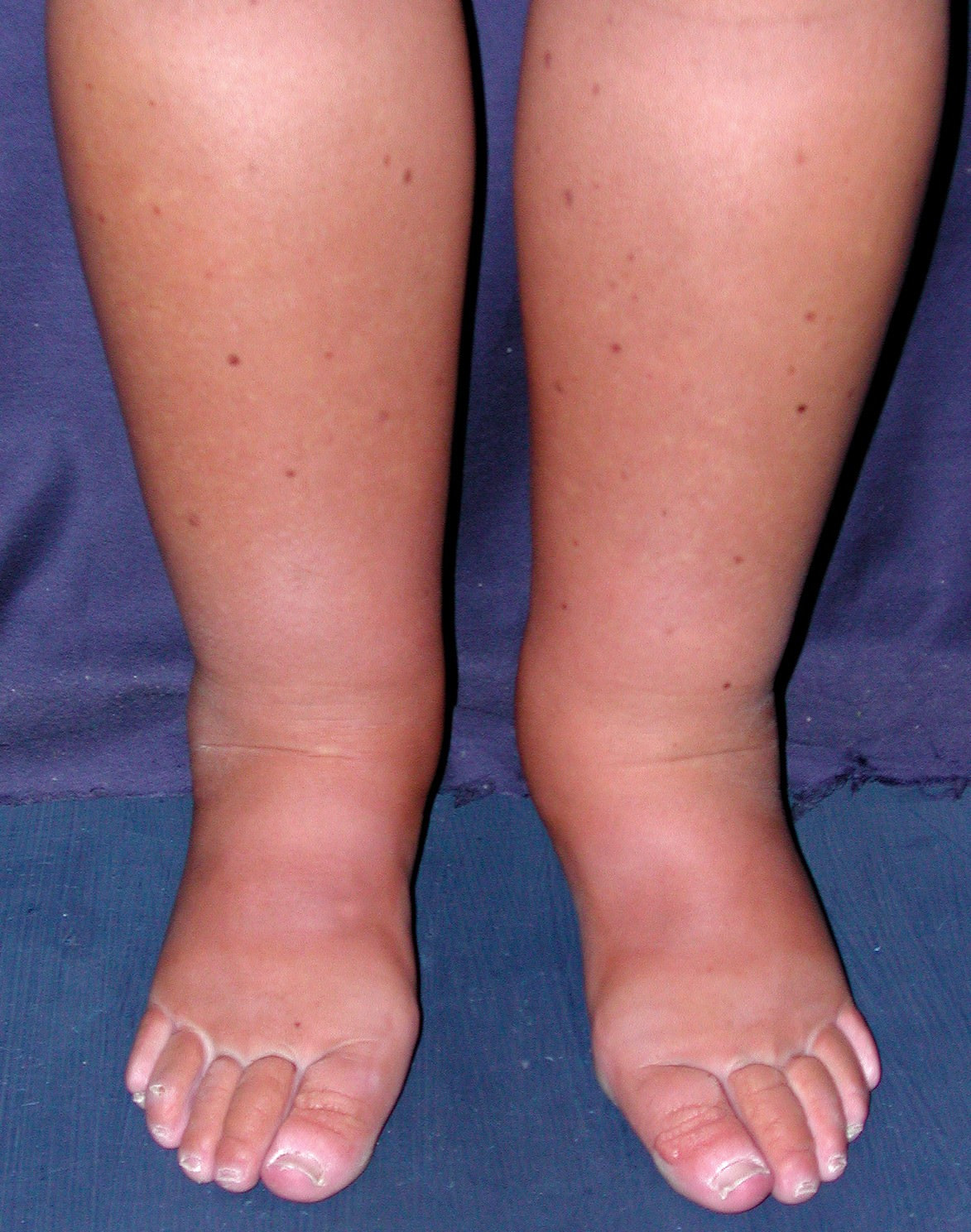
6. Cellulitis
Cellulitis is a bacterial infection of the skin and underlying tissue. The U.S. National Library of Medicine (MedlinePlus) notes that it often causes redness, warmth, pain, and swelling, most commonly in the lower legs.
If swelling appears suddenly and is accompanied by redness, fever, or tenderness, it’s crucial to seek medical care. Antibiotics are typically required to treat cellulitis and prevent the infection from spreading.
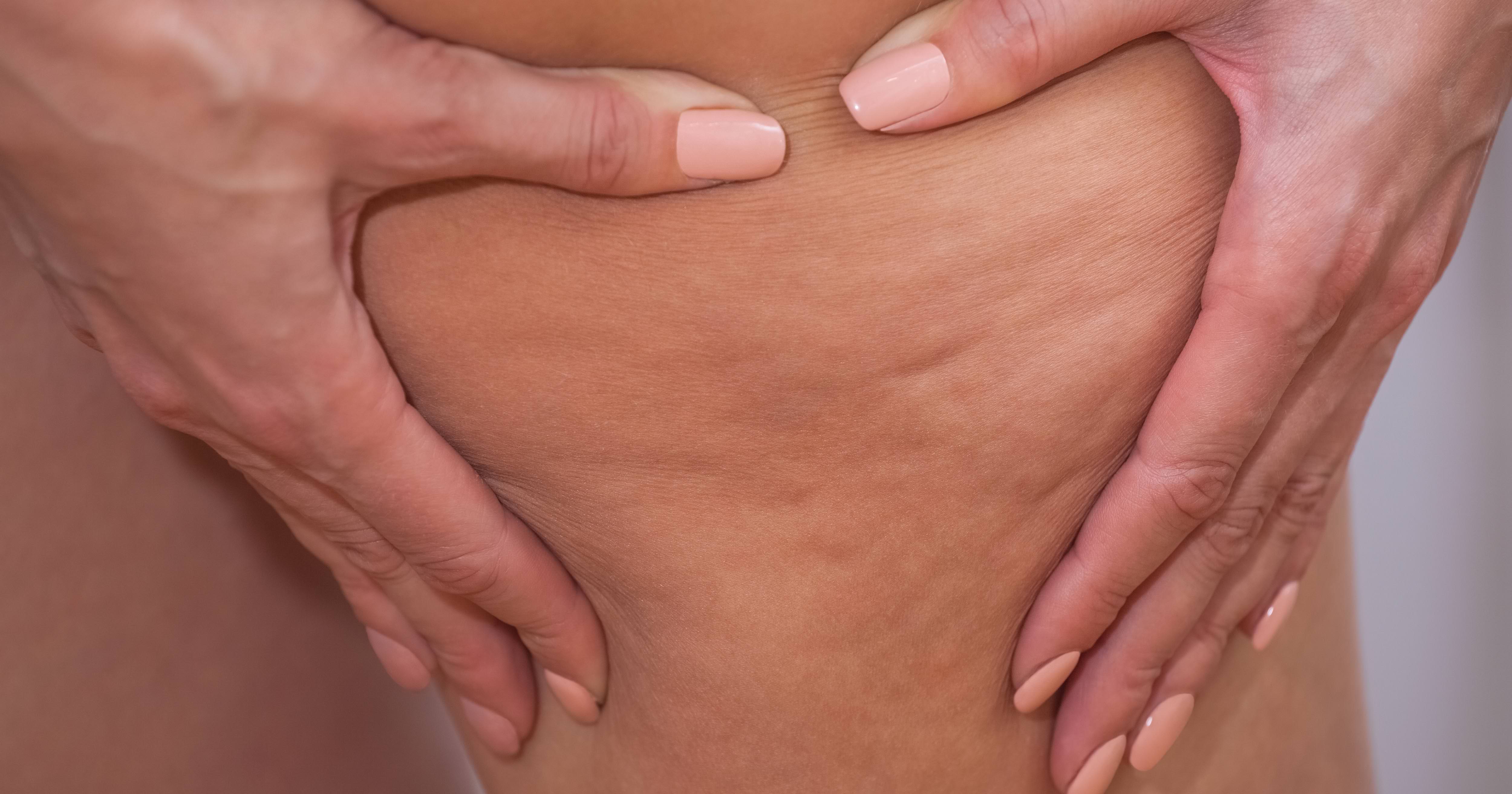
7. Gout
Gout is a form of arthritis caused by the buildup of uric acid crystals in the joints. The National Institute of Arthritis and Musculoskeletal and Skin Diseases (NIAMS) explains that gout attacks often occur suddenly, causing intense pain, redness, and swelling—especially in the big toe.
Gout can be managed through diet, hydration, and prescribed medications that lower uric acid levels. If you experience severe or recurrent episodes, talk to your doctor about long-term management strategies.
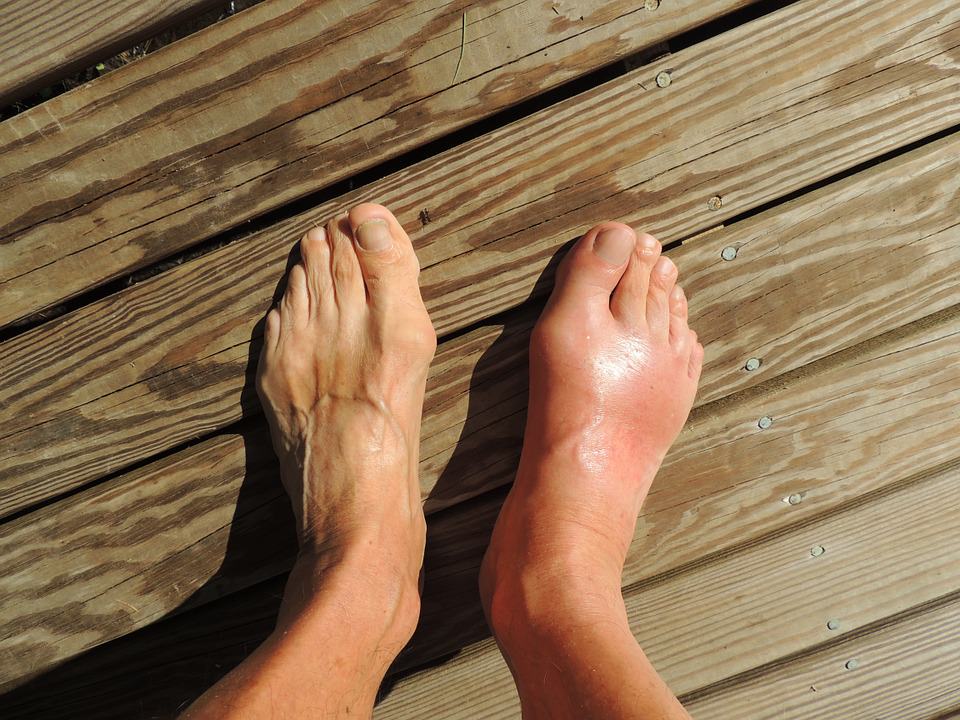
8. Bursitis
Bursitis happens when small, fluid-filled sacs called bursae—found around joints—become inflamed. This condition can affect the shoulders, hips, elbows, knees, or feet. According to the Cleveland Clinic, foot bursitis can cause localized swelling, tenderness, and stiffness, especially after standing or walking for long periods.
Rest, ice, and supportive footwear may help relieve symptoms. Persistent pain should be evaluated by a healthcare professional to rule out infection or chronic inflammation.
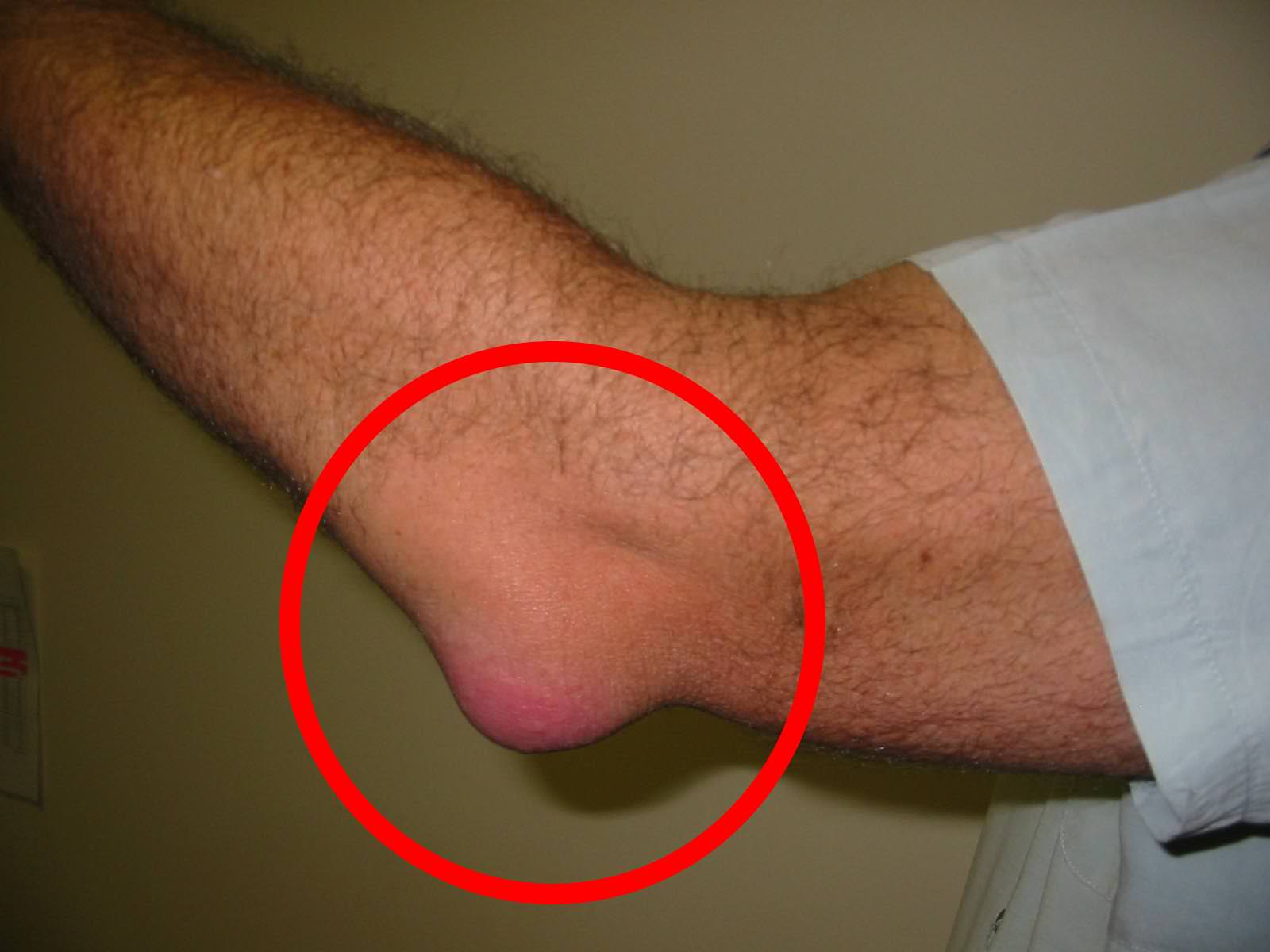
9. Rheumatoid Arthritis
Unlike osteoarthritis, rheumatoid arthritis (RA) is an autoimmune disorder in which the immune system attacks the joints. The Centers for Disease Control and Prevention (CDC) states that RA often begins in the small joints of the hands and feet, leading to swelling, pain, and stiffness.
Early diagnosis is crucial. Disease-modifying medications can help slow joint damage and maintain mobility. Maintaining an active lifestyle with low-impact exercises, such as swimming or yoga, can also improve joint health.
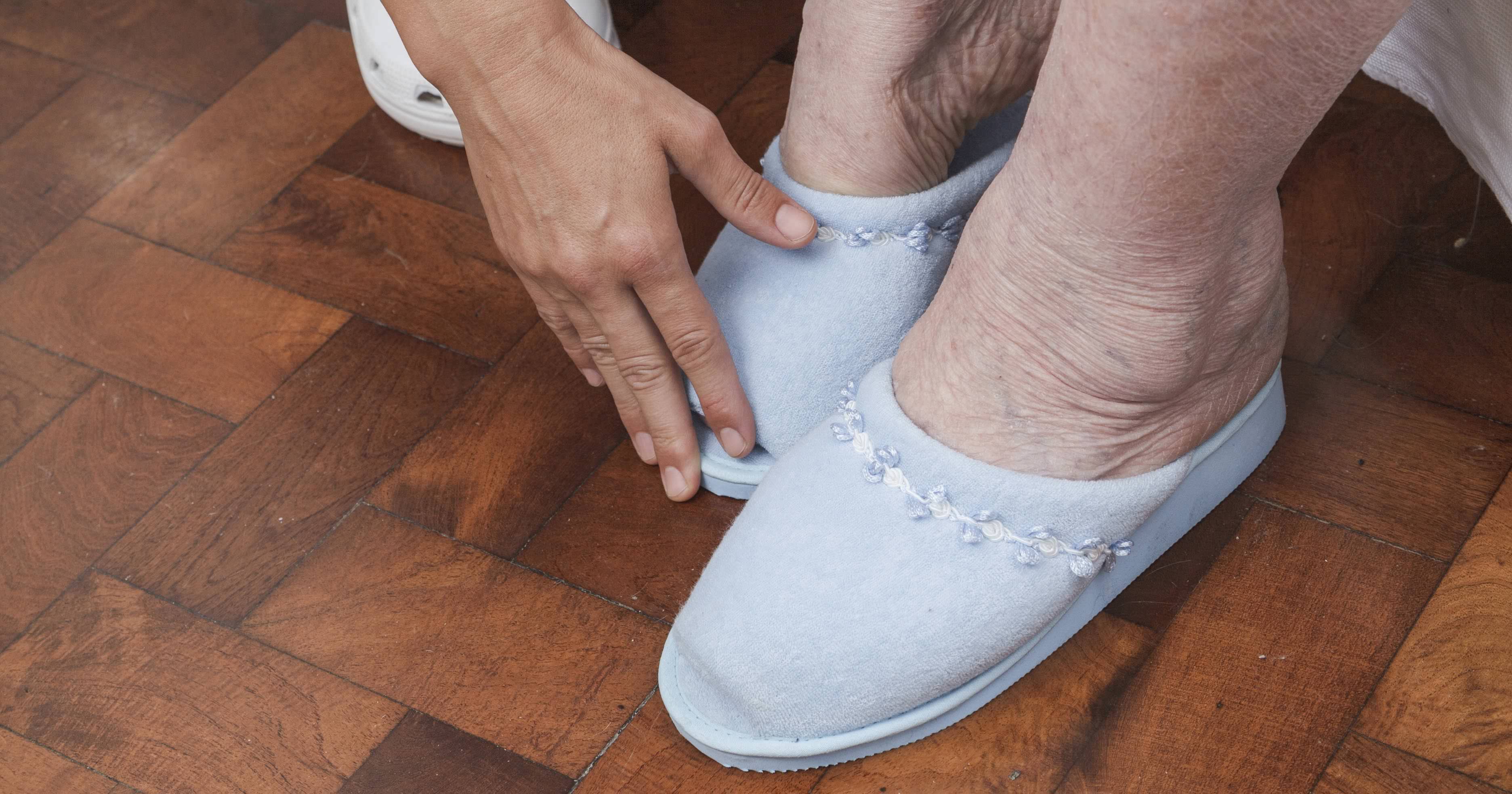
10. Excess Salt Intake
Diet plays a major role in fluid balance. Consuming too much sodium can cause your body to retain water, leading to swelling in the hands, feet, or ankles. The U.S. Food and Drug Administration (FDA) recommends limiting sodium intake to less than 2,300 mg per day (about one teaspoon of salt).
Reducing processed foods, drinking plenty of water, and eating potassium-rich foods like bananas and spinach can help your body maintain a healthy balance of fluids.

When to See a Doctor
Occasional mild swelling—especially after exercise, heat exposure, or standing for long hours—is usually not a cause for concern. However, if swelling appears suddenly, affects only one side of the body, or is accompanied by pain, shortness of breath, chest discomfort, or fever, seek medical attention right away.
A healthcare provider can perform diagnostic tests, such as blood work or imaging, to determine the underlying cause and recommend appropriate treatment.
How to Manage Mild Swelling at Home
For mild cases, try the following:
-
Elevate your legs when sitting or lying down.
-
Wear compression socks if recommended by a healthcare provider.
-
Limit salt intake and stay hydrated.
-
Exercise regularly to improve circulation.
-
Avoid sitting or standing still for long periods.
These lifestyle changes can often help reduce swelling and prevent recurrence.
The Bottom Line
Swelling in your feet and hands can range from harmless to a sign of a more serious medical issue. Paying attention to your body’s signals is key. If swelling persists, worsens, or comes with additional symptoms, it’s best to consult a healthcare provider.
Understanding the possible causes—from arthritis and tendonitis to heart or kidney issues—empowers you to take control of your health. Regular checkups, a balanced diet, and staying active can go a long way toward keeping your circulation healthy and your feet feeling their best.